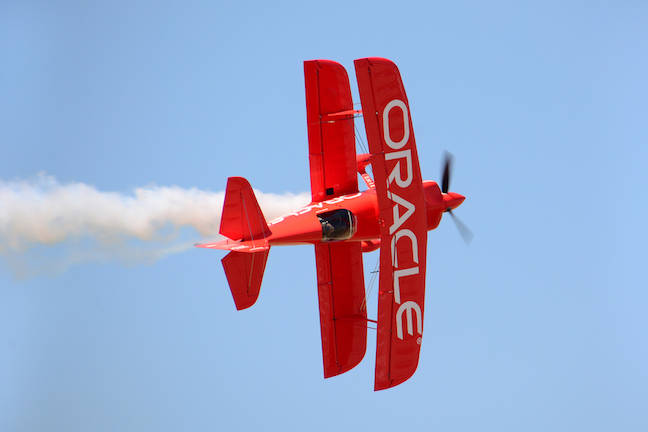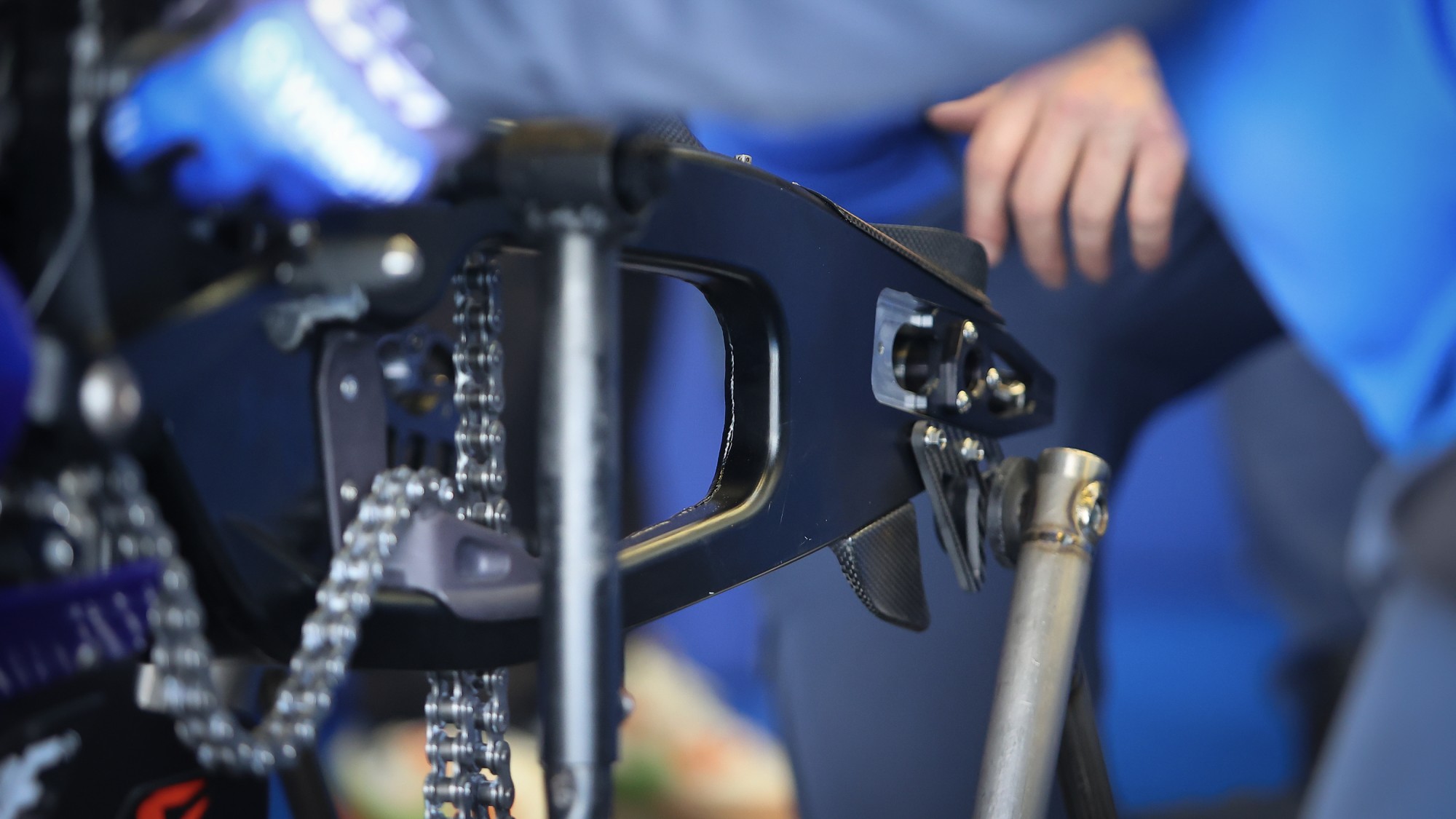SpaceX launches next-generation Starship to practice releasing giant batches of Starlink satellites
SpaceX launched its Starship mega-rocket for the seventh time. There were plenty of noteworthy firsts that set this event apart from the rest.
Screenshot via SpaceX webcast
- SpaceX launched its Starship mega-rocket for the seventh time on Thursday.
- For the first time, the spaceship carried a payload of 10 mock-up Starlink satellites into space.
- The launch also marked the first flight of a new-generation Starship.
SpaceX's Starship mega-rocket is making major leaps toward commercial use after screaming into space for the seventh time on Thursday.
Over the ensuing 7 minutes, the rocket's Super Heavy booster heaved the Starship spaceship toward space, separated itself, and fell back toward Earth as Starship continued upward. As the falling booster approached SpaceX's Texas facilities, it nailed a complex maneuver that's only happened once before. Screenshot via SpaceX webcast
The booster fired its engines to lower itself to a catch tower, where a pair of giant "chopstick" arms closed around its trunk and caught it.
This technological feat is key to reaching SpaceX's goal of building a fleet of rapidly, fully reusable rockets to help slash spaceflight costs, advance the company's business model, and ultimately build a city of people on Mars.
The booster catch wasn't the only step toward that goal. This launch came with several key firsts for the Elon Musk-founded space company.
Noteworthy firsts for SpaceX's Starship flight 7
For the first time, SpaceX flew Starship with a reused Raptor rocket engine.
The Super Heavy booster runs on 33 Raptor engines. For the entire rocket to be reusable, as Musk has said he intends, then those engines must be recycled and reused too. Screenshot via SpaceX webcast
Aboard Thursday's flight, one of those engines was the same one that SpaceX flew on its October flight.
Also flying for the first time is SpaceX's new generation second-stage Starship. This new generation comes with significant upgrades designed for "bringing major improvements to reliability and performance," the company wrote on its website.
For example, the flaps on this upgraded Starship are smaller and reoriented so they're not exposed to as much heat upon reentry. These flaps are designed to eventually help Starship fly back and touch down on land, making it reusable. Screenshot via SpaceX webcast
However, SpaceX has not yet recovered a Starship from spaceflight. So far, every Starship that has flown to space has sunk into the Indian Ocean. The ship on Thursday's flight is slated for the same fate. Before that happens, though, it should — for the first time — deploy a payload into space.
At approximately 17 minutes after liftoff, Starship is scheduled to deploy a set of 10 Starlink simulators, or dummies. They're about the same size and weight as SpaceX's next-generation V3 Starlink satellites.
These dummies won't stay in space. They're on the same trajectory as Starship and will reenter Earth's atmosphere and fall toward the Indian Ocean along with Starship. They're just practice for Starship to eventually deploy the real thing, which is a key part of SpaceX's business plan.
"I think this launch, first and foremost will be a measure of how close they are to being able to deploy Starlink V3 satellites. That is SpaceX's nearest term objective," Abhi Tripathi, a former SpaceX mission director who now leads mission operations at the UC Berkeley Space Sciences Lab, told Business Insider.
Starship is set to make other SpaceX rockets obsolete
Screenshot via SpaceX webcast
In its final form, Starship should be able to release up to 100 second-generation Starlink satellites at a time, increasing SpaceX's internet coverage and a core pillar of its income.
Once Starship is operational, its sheer power will likely make it the cornerstone of SpaceX's business, which has long hinged on the comparatively wimpy Falcon 9 and its hefty counterpart, Falcon Heavy.
"Starship obsoletes Falcon 9 and the Dragon capsule," SpaceX COO Gwynne Shotwell said at the Baron Investment Conference in November, according to Ars Technica.
"We'll be flying that for six to eight more years," she added, "but ultimately, people are going to want to fly on Starship. It's bigger. It's more comfortable. It will be less expensive. And we will have flown it so many more times."
What's Your Reaction?




















































